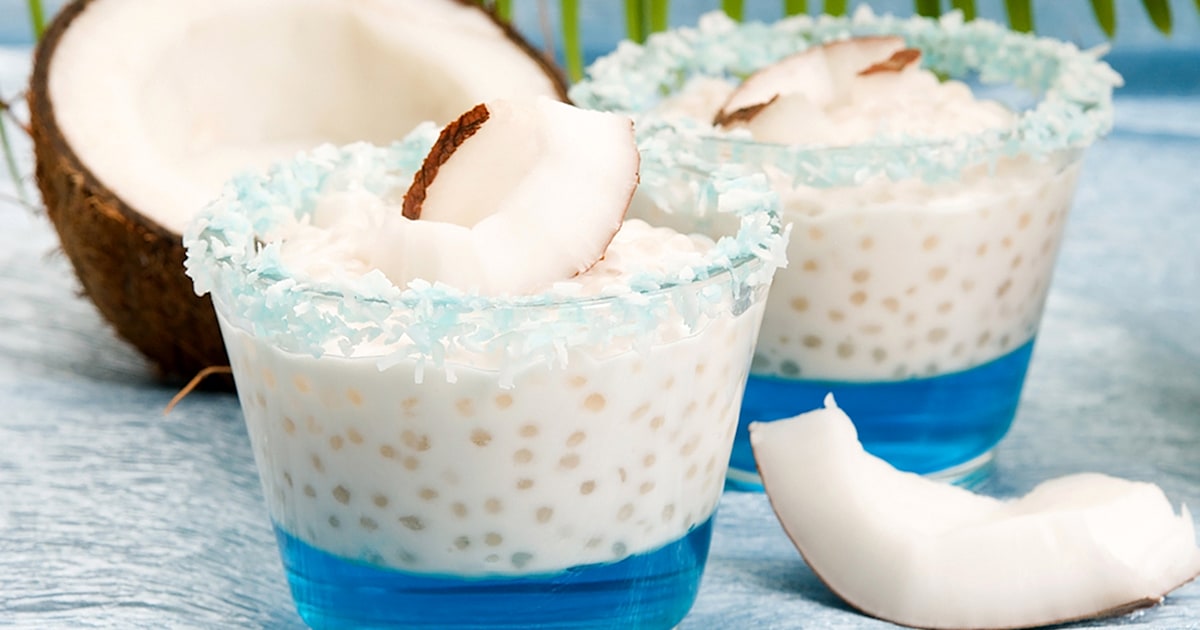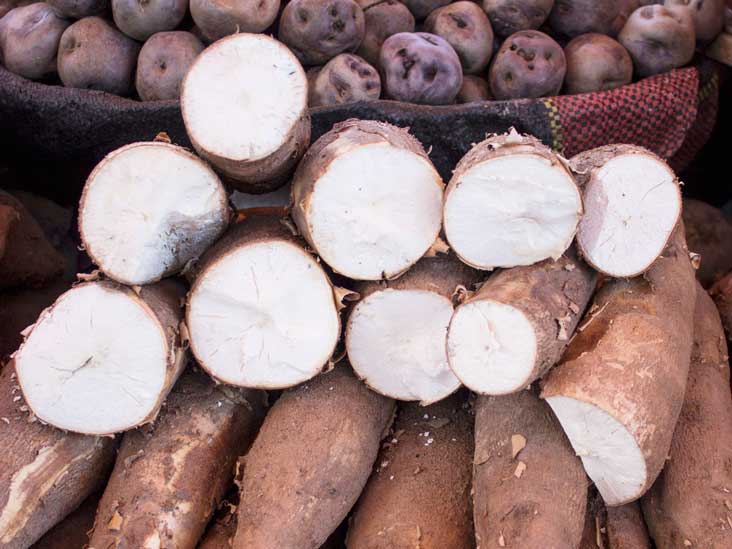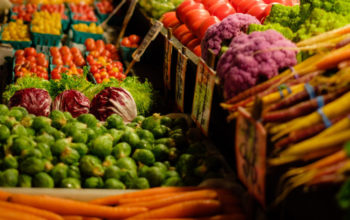It’s the star of so much more than tapioca pudding.
“Intrigued?” Here’s a look at the what Tapioca is and it’s uses….
The following written content by FELICIA LALOMIA

America is behind the rest of the world when it comes to loving chewy foods, according to Justin Sullivan, assistant food editor at Delish. In fact, he recently wrote a whole article devoted to this underrated food texture, or as the Taiwanese call it, “Q.”
“It’s an unbelievably versatile ingredient I don’t think we use much—and we should,” he said.
He’s right: There aren’t a lot of American foods that celebrate chewiness in the same way we swoon over all things crunchy or creamy… but the rest of the world does. Think boba tea, the Brazilian cheese bread pão de queijo, and tapioca pudding. What do these all have in common? They put tapioca in the spotlight.
Intrigued? Let’s talk about it and how you can be using it in your kitchen.
What Is Tapioca?
Tapioca comes from cassava. Naturally gluten-free starch is extracted from the plant, which is then turned into a powder or hard pearls. Both are normally white in color, but turn translucent when hydrated.
“[Cassava] is a staple crop throughout the world,” Sullivan said. “It’s from Brazil natively, but it’s used very heavily in Western Africa, in a lot of Asia, and the Indian subcontinent.”
Wait. What’s Cassava?
Cassava, also called yuca, is a long tuberous root vegetable. Similar to a potato, it can be cooked and eaten in much the same manner. The root is generally peeled, grated, soaked in water, kneaded, strained, sifted, and dried to become tapioca starch or flour.
“It’s very starchy and a great flavor absorber,” Sullivan said. “I would describe it as a little more fibrous [than a potato] with a pretty mild flavor.”
What Does It Taste Like?
Tapioca has a mild flavor that doesn’t taste like much at all. Then again, its appeal isn’t really in its flavor. It’s all about the chewy texture it delivers, and tapioca’s ability to take on the flavor of other ingredients.
How Can I Use Tapioca Starch?
You’ll find tapioca starch in the specialty flour section of your grocery store. (It can be called tapioca flour or starch, but they’re the same thing.) Like any starch, it’s useful as a thickener for soups, stews, and braises. Just make sure to mix it well with equal parts water to prevent clumping before adding the stuff to any dish. You can also use it to coat meat or veggies before deep frying, which gives them a super crispy coating. But to really take advantage of the ingredient, you have to take a walk on the chewy side.
“But the primary thing that separates tapioca starch from things like sweet potato starch or cornstarch is the level of chew that it provides,” Sullivan said, pointing to the Brazilian cheese bread, pão de queijo. “It’s an unbelievably light, slightly chewy bread. You could never really achieve that texture with wheat flour.” Read more from Delish.





